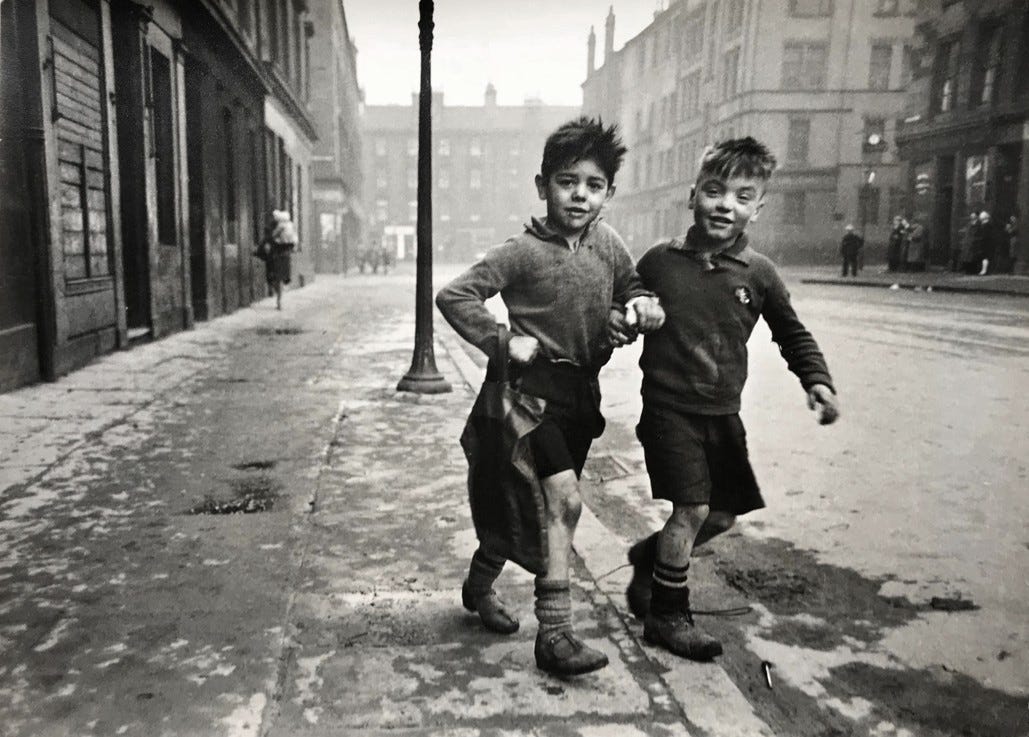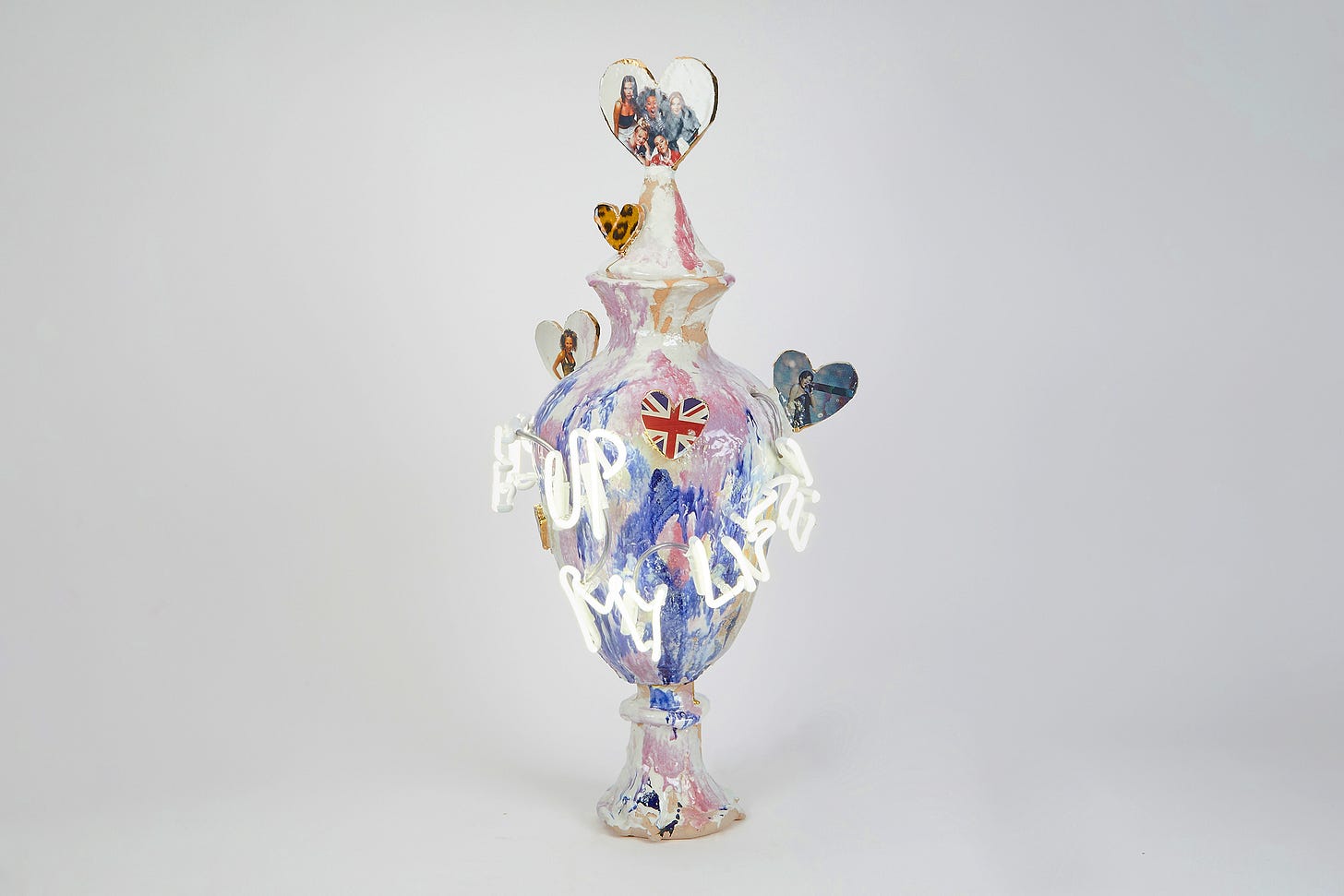Hurray for the riff raff
No, not the band - a new London exhibition joyfully brings working class lives into the home of a Viscount

A few months ago I wrote about a venue that I think everyone should see, the Fitzrovia Chapel. Two Temple Place is another one of those weird, slightly hidden gems in London that doesn’t get the attention it deserves.
This outrageous neo-Gothic mansion was designed by John Loughborough Pearson (best known for Truro Cathedral, which is quite something) for William Waldorf Astor, later the 1st Viscount Astor, and completed in 1895, and I mean, it’s just spectacular. All carved wood panelling and bonkers stained glass, columns galore and inlaid floors you feel the need to apologise to.
When his father died in 1890, Astor, who at that point was living in his birth city of New York, became the second richest man in America (after John D. Rockefeller). He was also, however, embroiled in a feud with his Aunt Lina over some petty nonsense (and the fact that he’d built a massive hotel next to her house, which understandably pissed her off a bit), so to create a bit of distance he decamped with his family to London.
He became a British citizen in 1899, and his eventual elevation to the aristocracy was a result of his immense contribution to wartime charities, though the fact that he by then owned The Pall Mall Gazette and The Observer will definitely have helped (you do not buy a newspaper to make money; you buy a newspaper to create influence). Inevitably his peerage was controversial in some quarters because it was felt that an American (ugh) had bought his way in. Imagine that.
All of which makes it a fascinating venue for its new exhibition, which opens on January 25 and runs to April 20.
Lives Less Ordinary: Working-Class Britain Re-seen, seeks to explore and address class inequities by celebrating and reevaluating working-class representation in postwar Britain, turning away from the reductive and distorting lens of the middle-class gaze and showcasing “more authentic and nuanced depictions of working-class experiences and identities” (incidentally, did you know that ‘riff raff’ comes from a Middle English phrase meaning ‘every single one’? I like this).
Conceived and curated by UCL’s Samantha Manton, the exhibition includes more than 150 art works of painting, photography, film, sculpture and ceramics, exclusively from working-class artists and those from working-class backgrounds, loaned by museums and galleries, archives, artists’ estates and contemporary artists up and down the country.
“My aim has been to feature artists and photographers whose work challenges reductive, negative and one-dimensional representations of working-class lives and communities; those that offer positive, celebratory imagery, but also those that reflect the complexity, nuance and depth,” Manton says.
It sounds great. The show will feature well-known 20th-century figures such as Beryl Cook, Monica Ross and Jo Spence, and little-known artists like Sandra George and Eric Tucker.
There’s early work by this year’s Turner Prize-winner Jasleen Kaur, along with other major contemporary artists such as Rene Matic, Chila Burman and Corbin Shaw, and the inaugural presentation in London of Matthew Arthur Williams’ two-channel film and sound installation Soon Come, in Two Temple Place’s stunning atrium. I love the work of the Finnish photographer Sirkka Lisa-Konttien, and Londoner Bert Hardy, best known for his work for the Picture Post, both of which will also be on display.
I think it’ll be great, squatting cheerfully amid the mad opulence (crafted, of course, by unnamed, solidly working class artisans and artists) of Astor’s house on the north bank of the Thames. It’s a nice touch.
If you’re enjoying The London Culture Edit, please do click the little heart below, it really helps with visibility. And do leave a comment! I’d love to know what you’re enjoying (or not) in London right now.






"Inevitably his peerage was controversial in some quarters because it was felt that an American (ugh) had bought his way in. Imagine that."
No doubt similar feelings existed about Canadian peers Max Aitken (Lord Beaverbrook), Lord Roy Thomson and Lord Conrad Black.